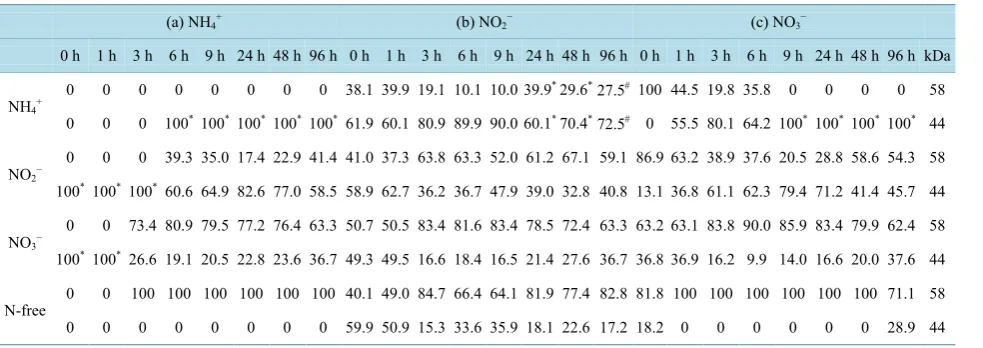Effect of the Inorganic Nitrogen Source in the Expression of Nitrite Reductase (NirA) in Thermosynechococcus elongatus BP 1
Full text
Figure
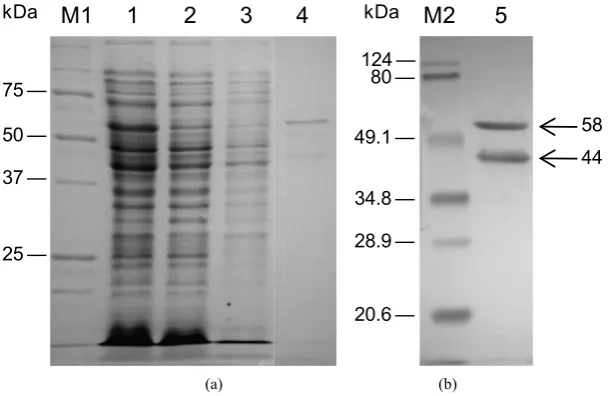
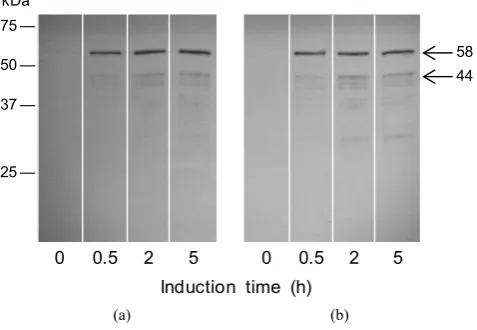
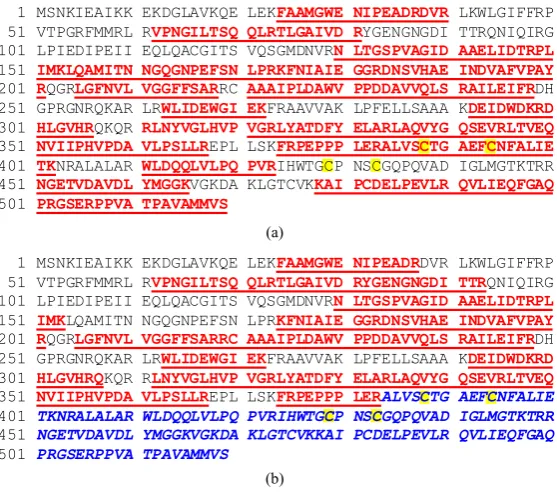
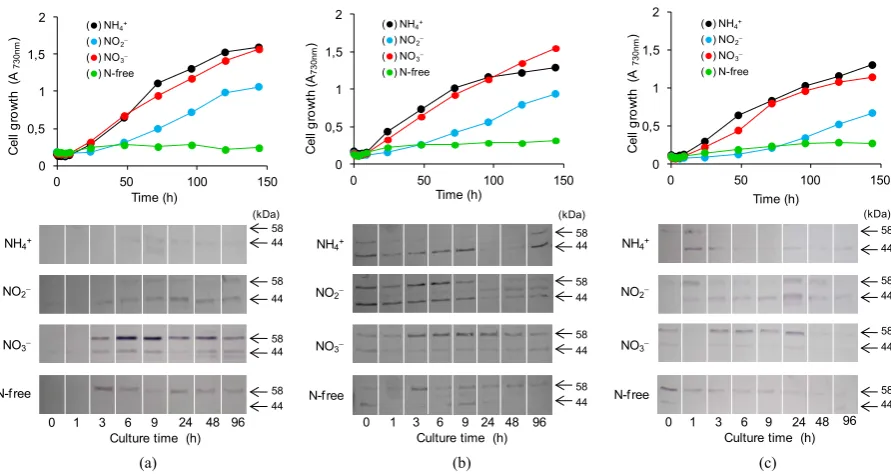
Related documents
Although there are some reported health bene fi ts from keeping some animals, mostly domesticated dogs and cats, as well as observing aquaria ( Headey, 1999; Barker et al.,
This medicinal plant, widely used in more than 34 ayurvedic preparations, was evaluated in a high fructose diet in induced insulin resistance and in C57BL/6J ob/ob
We use the adaptive time-dependent density matrix renormalization group method 共 t-DMRG 兲 to study the nonequilibrium dynamics of a benchmark quantum impurity system which has
Because of this dicta, the public figure classification seemed to be only a stopping point, and not the final resting place for the constitutional privilege. At
Measuring geometric of face regions [13] such as eye, nose and mouth, the facial feature extracting commonly refers to the identification of eye, nose, eyebrows, lips,
(2014), Accounts receivables management and financial performance of manufacturing firms in Nakuru County, Kenya , unpublished manuscript, school of business, university of
19% serve a county. Fourteen per cent of the centers provide service for adjoining states in addition to the states in which they are located; usually these adjoining states have

